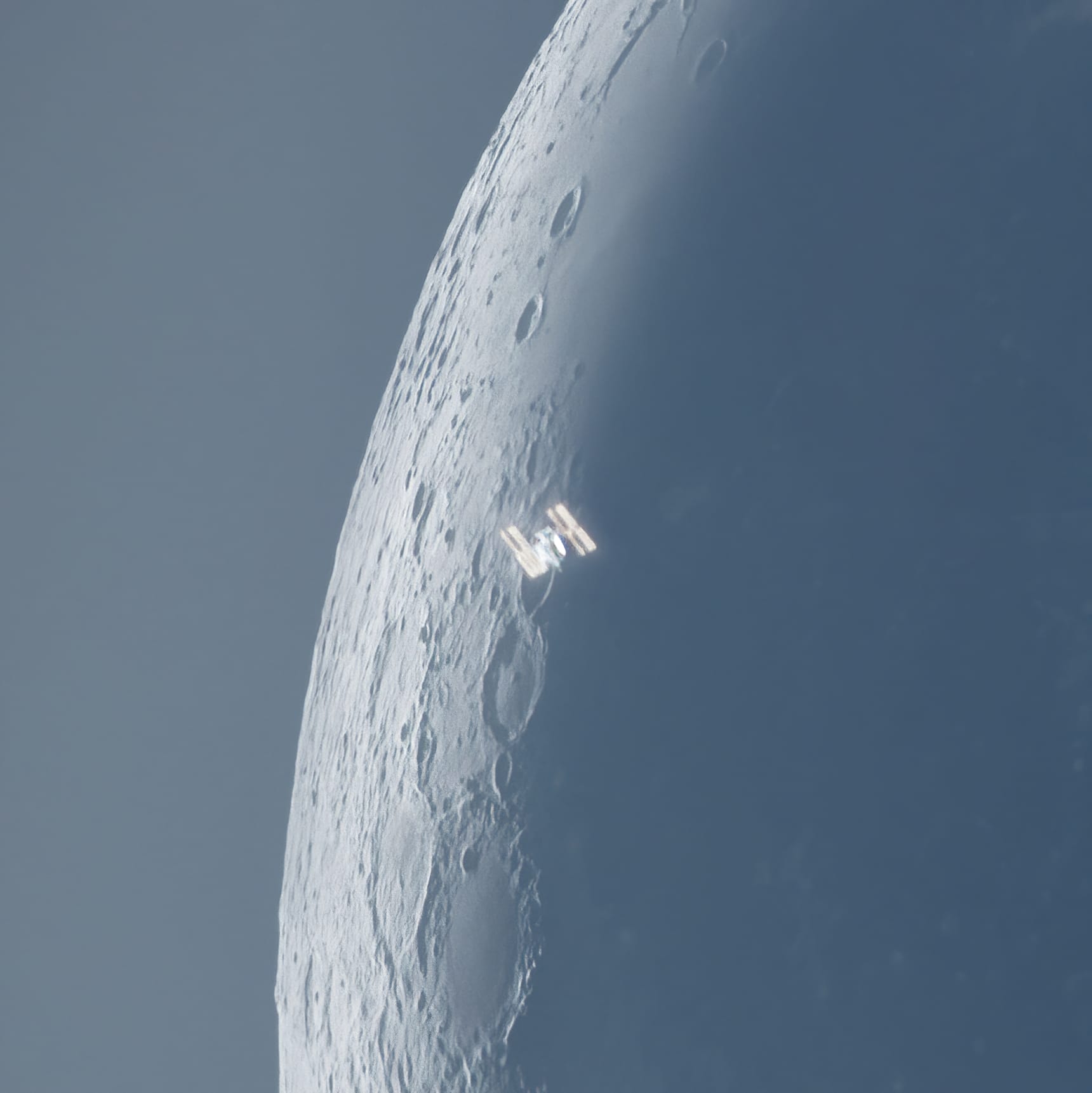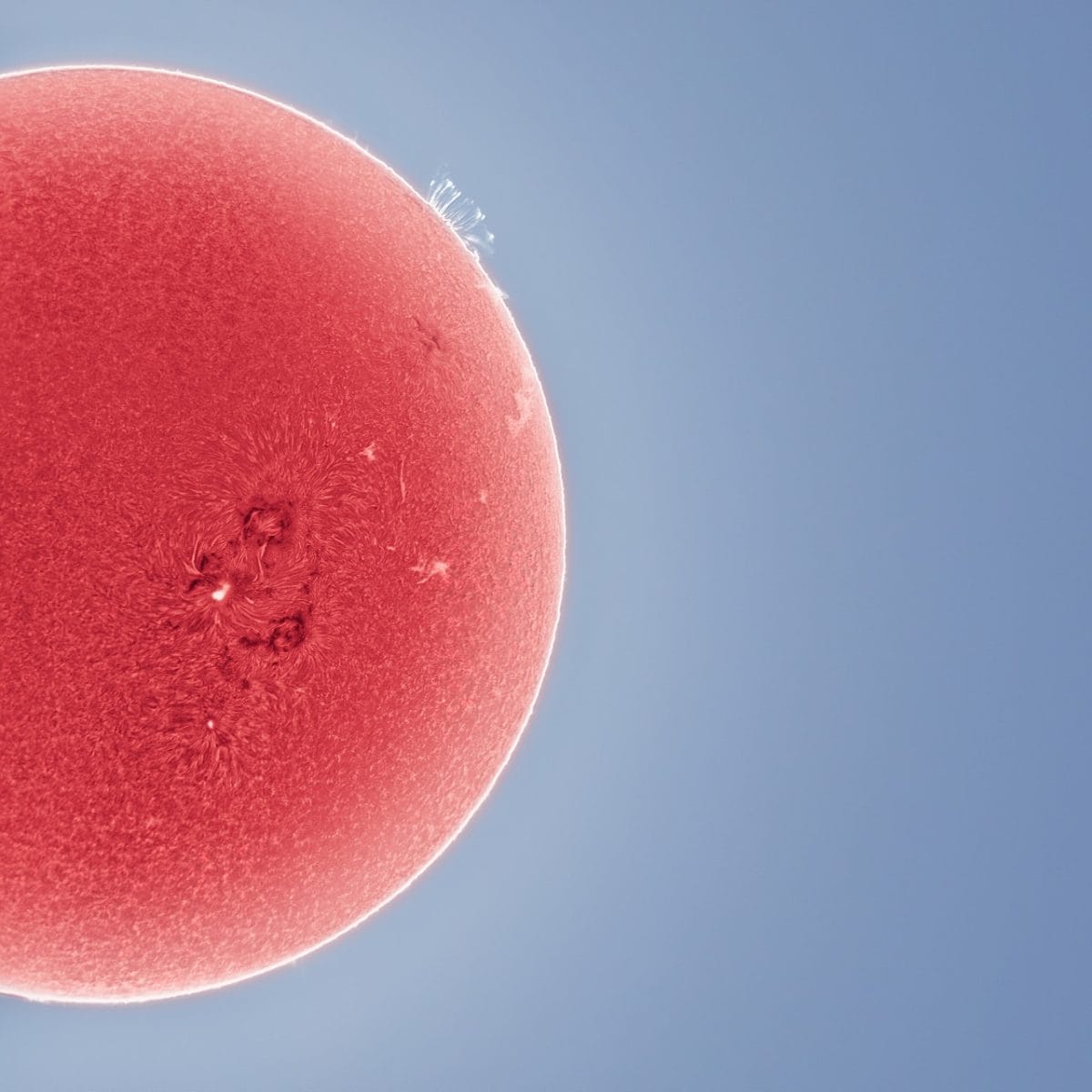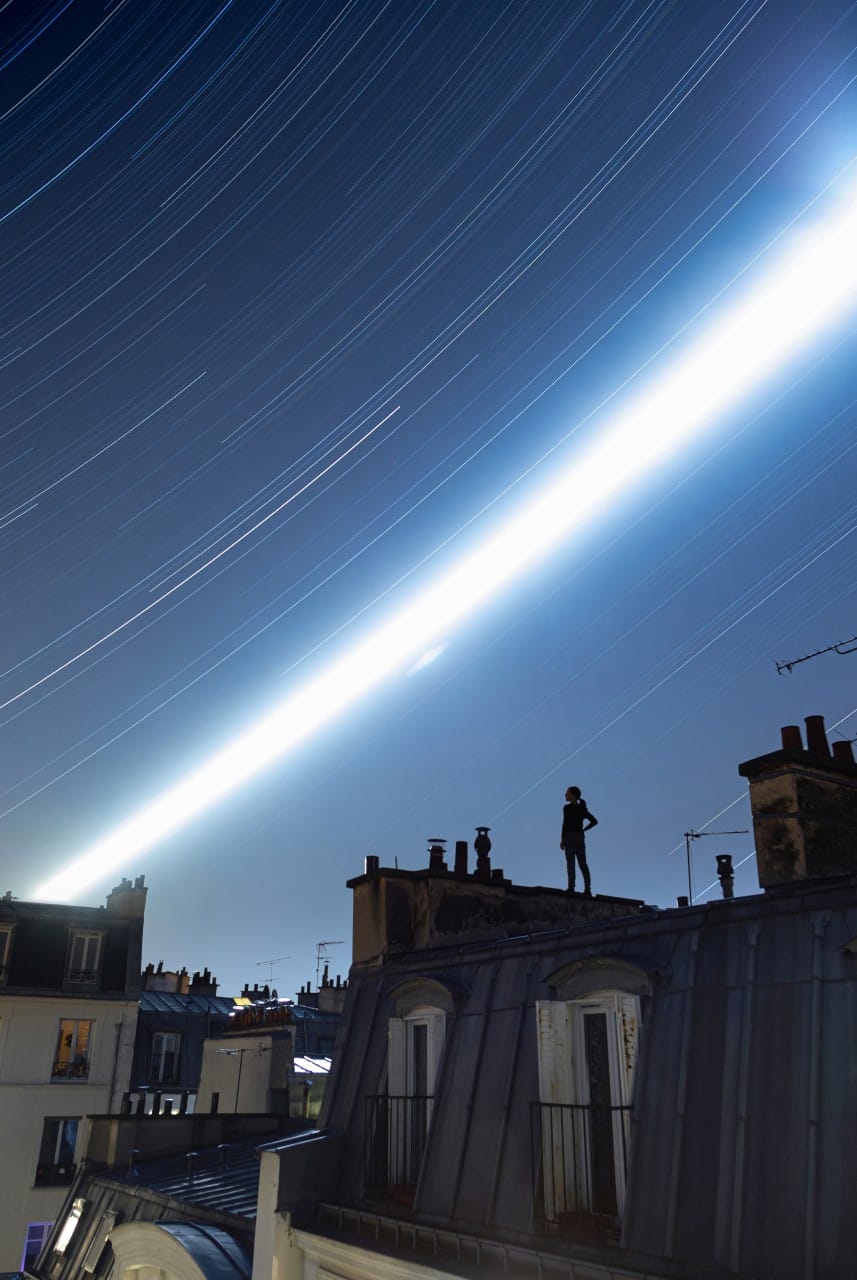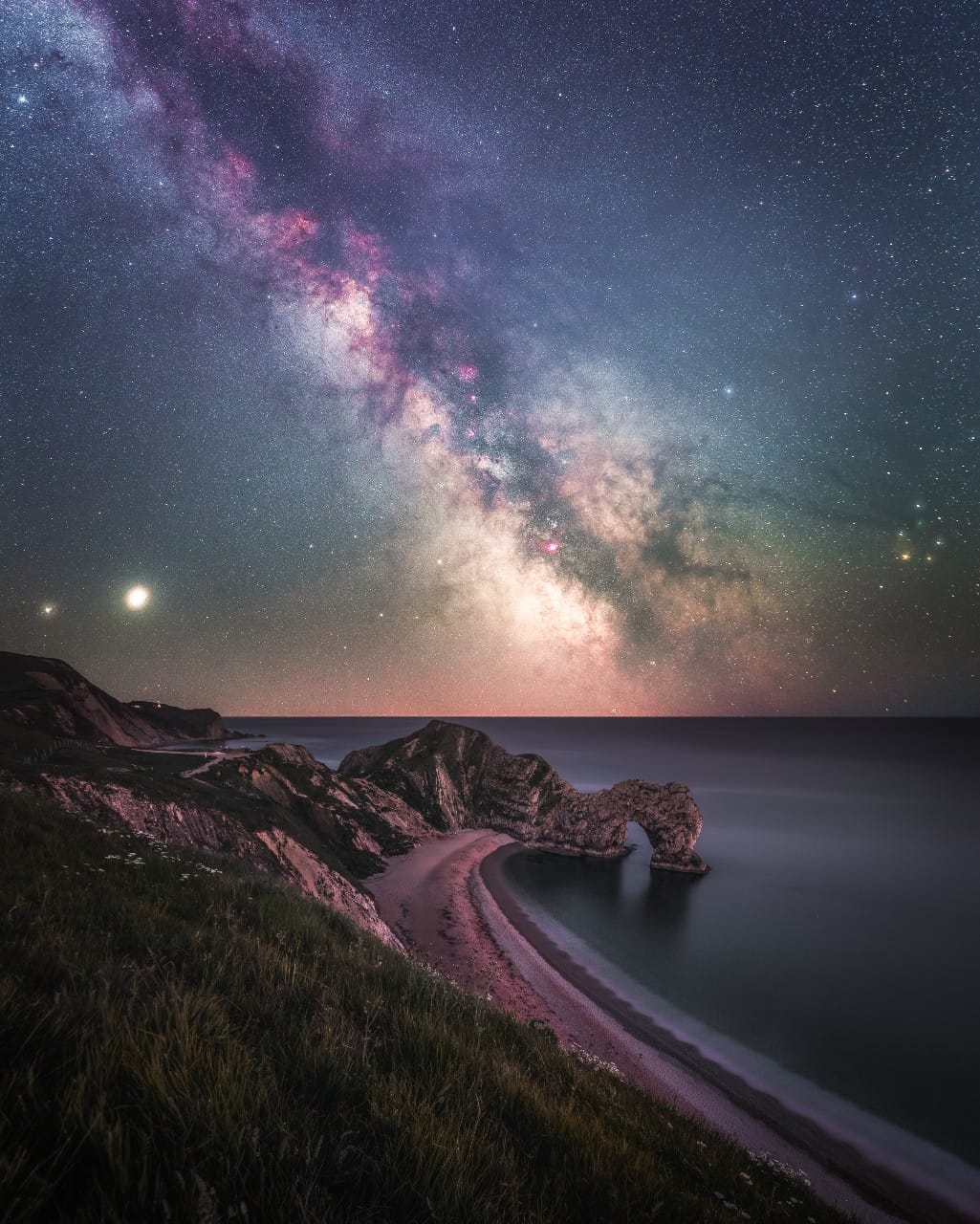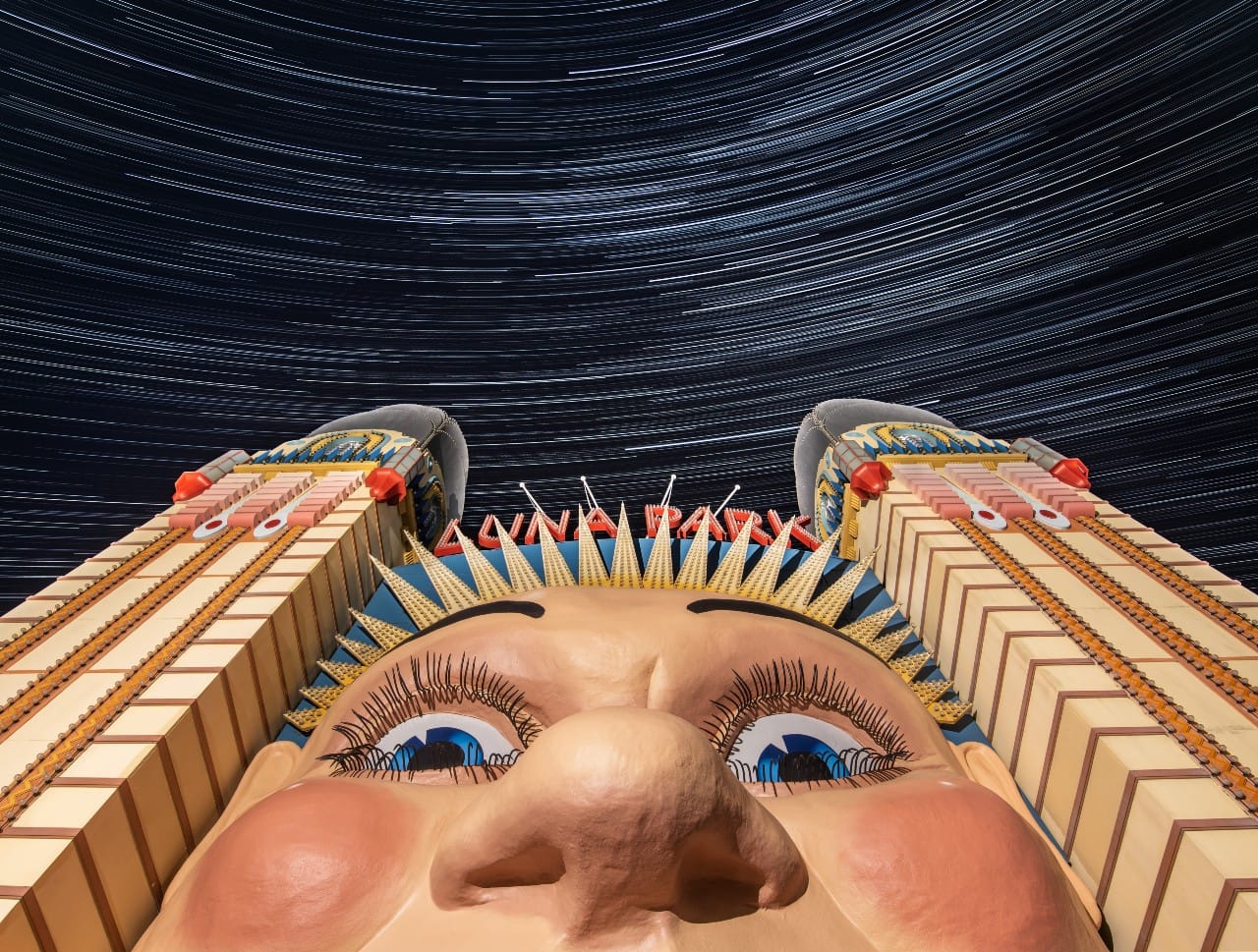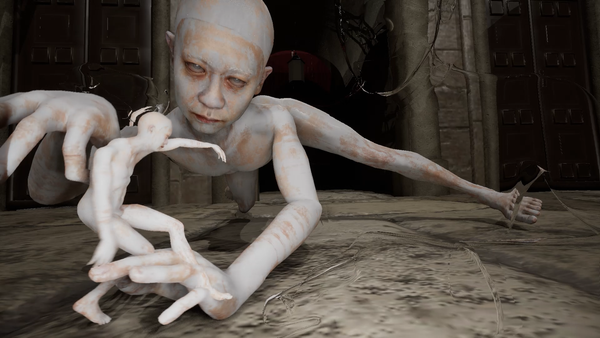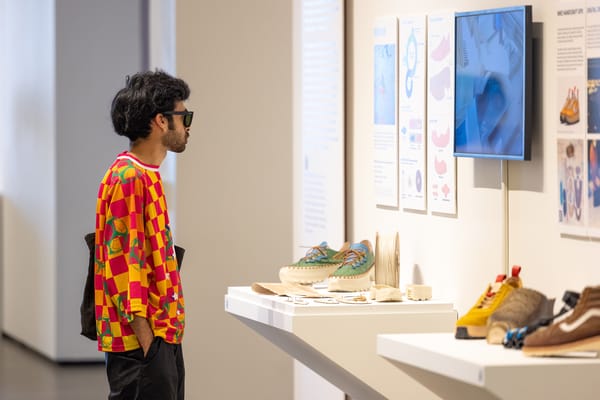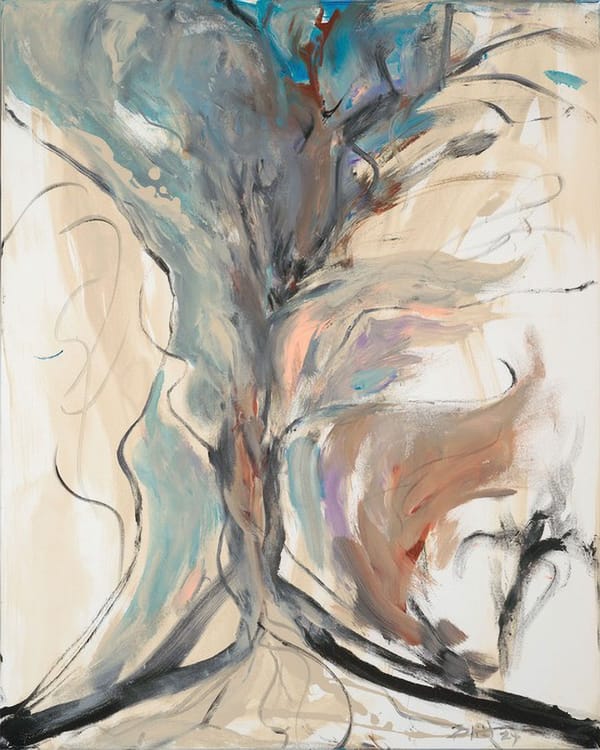Swirling Images of the Cosmos, as Seen From Earth
See the encapsulating images shortlisted for the 2021 Astronomy Photographer of the Year competition.
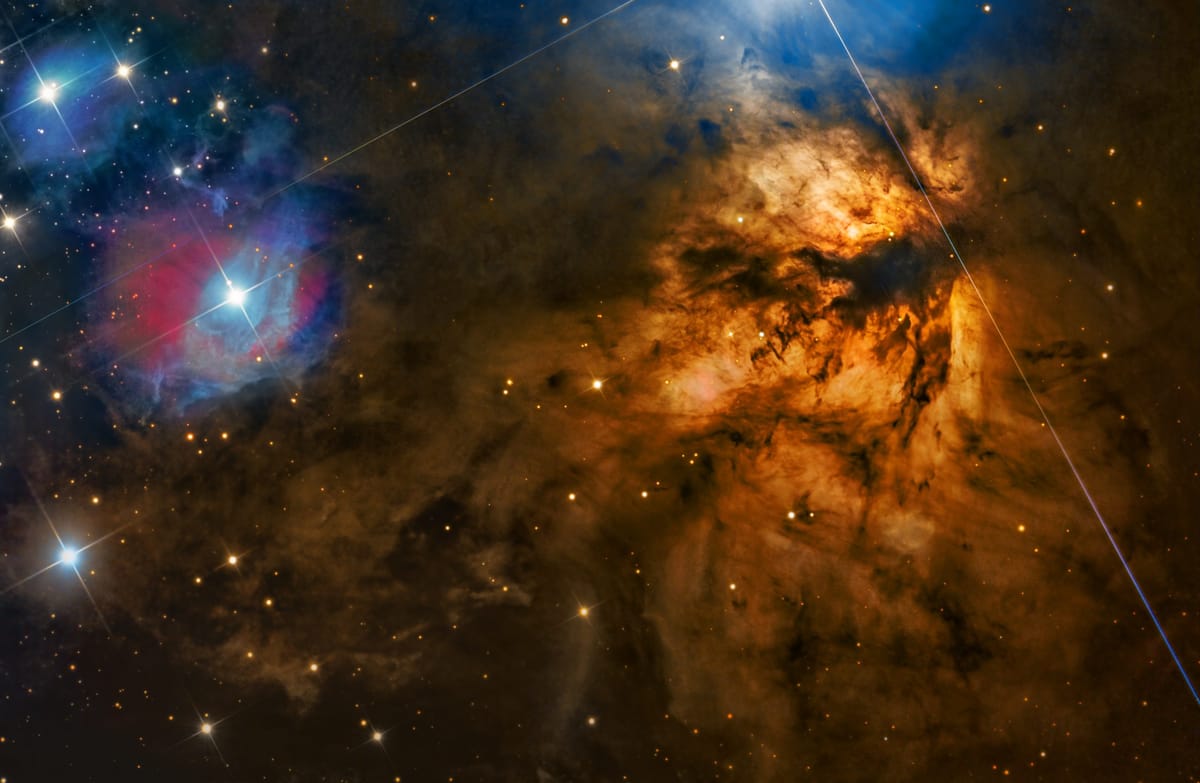
The majestic haze of a nebula floating and expanding in deep space; a rare comet blazing over Stonehenge; the sun's unceasing flares as seen by NASA’s Curiosity Rover on Mars; and the Milky Way glowing brightly above lavender fields in France. These are some of the mesmerizing images shortlisted for the 2021 Astronomy Photographer of the Year competition.
Organized by the United Kingdom's Royal Observatory Greenwich in partnership with BBC Sky at Night Magazine, the competition is now marking its 13th year. The shortlisted images were selected from a pool of over 4,500 entries from amateur and professional photographers located in 75 countries across the globe.
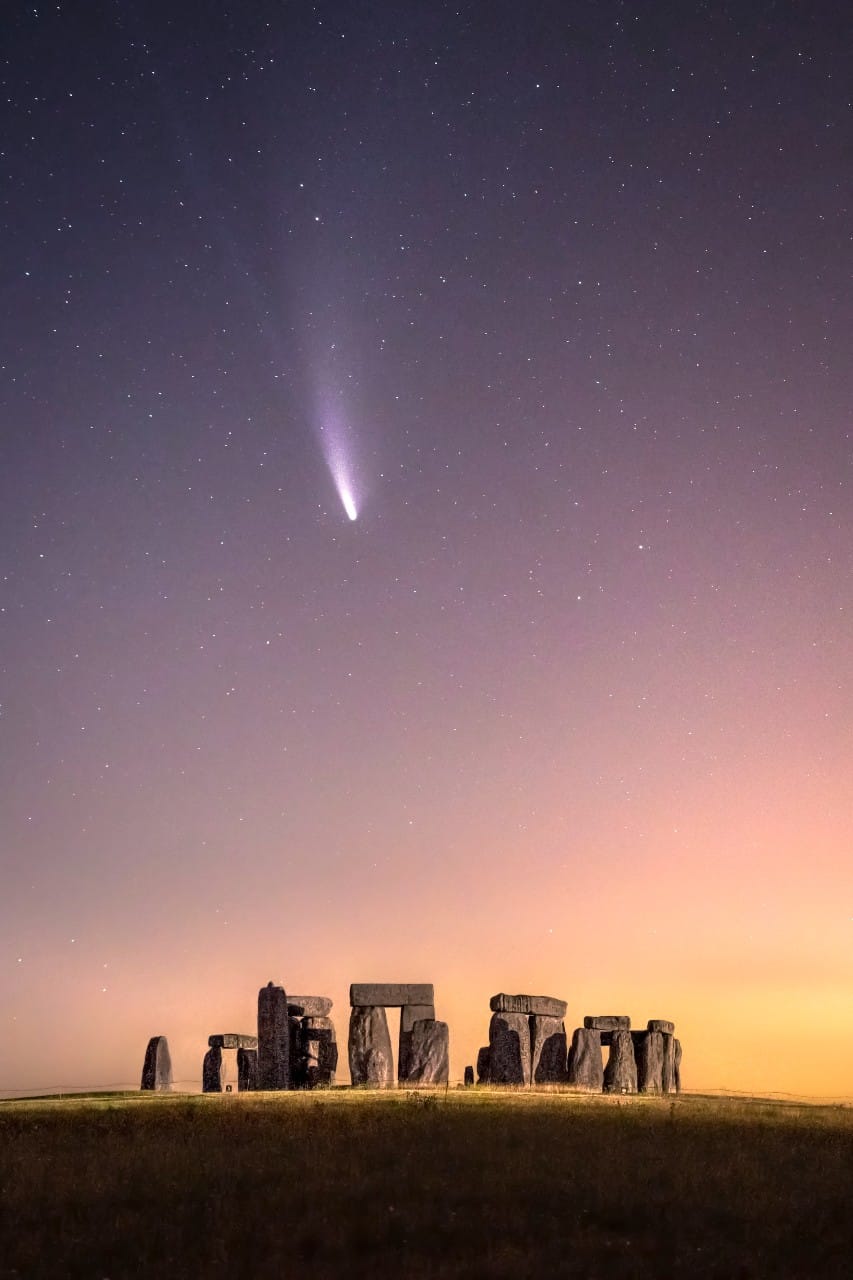
The competition spans nine categories, including “Aurorae,” “People and Space,” “Galaxies,” “Our Sun,” and “Our Moon.” The overall winner will receive a cash prize of £10,000 (∼$13,800). In addition, a special award will be given to one promising young astronomy photographer under the age of 16 (the winner will receive £1,500, or approximately $2,075).
The winners will be announced on September 16. Their work will be shown thereafter in an exhibition at London’s National Maritime Museum, opening on September 18. In addition, all winning and shortlisted entries will be published in a book to be released in September.
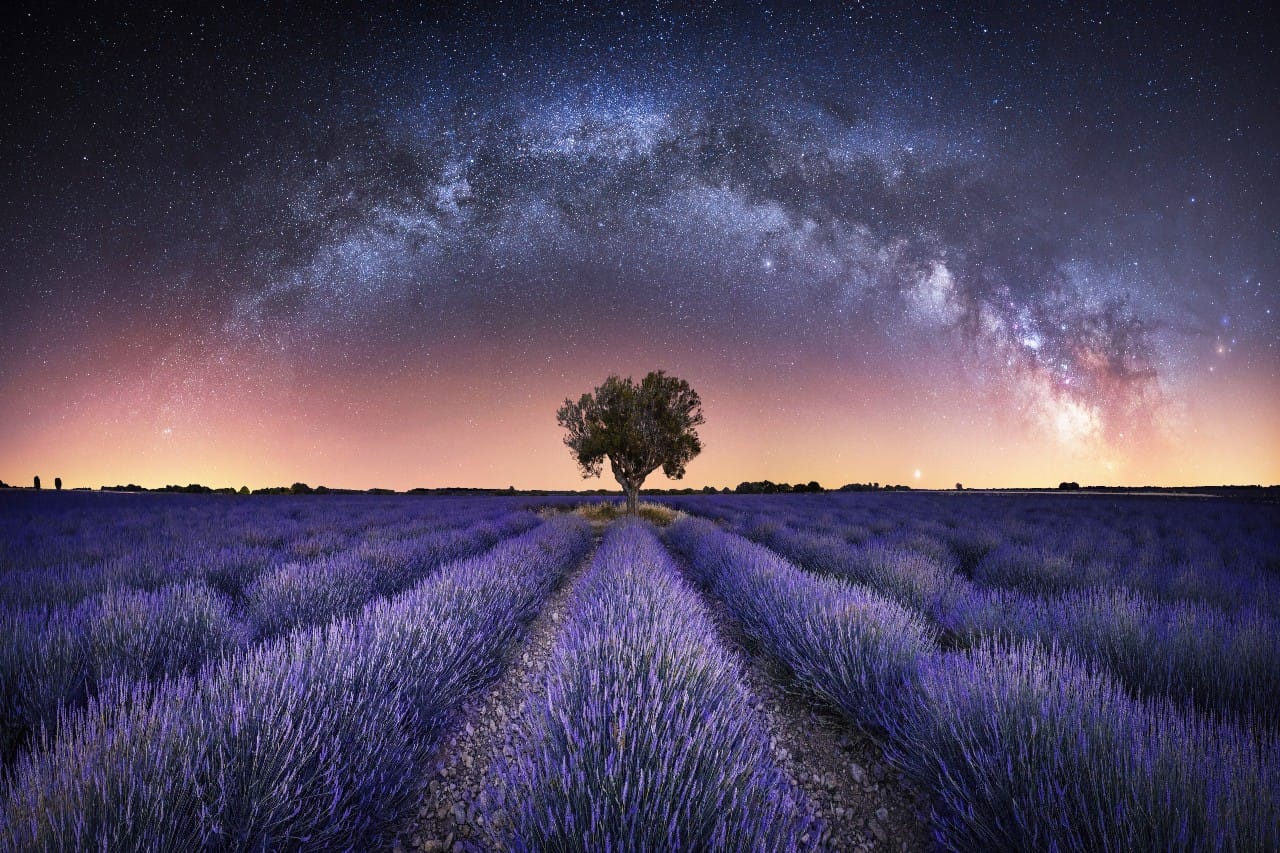
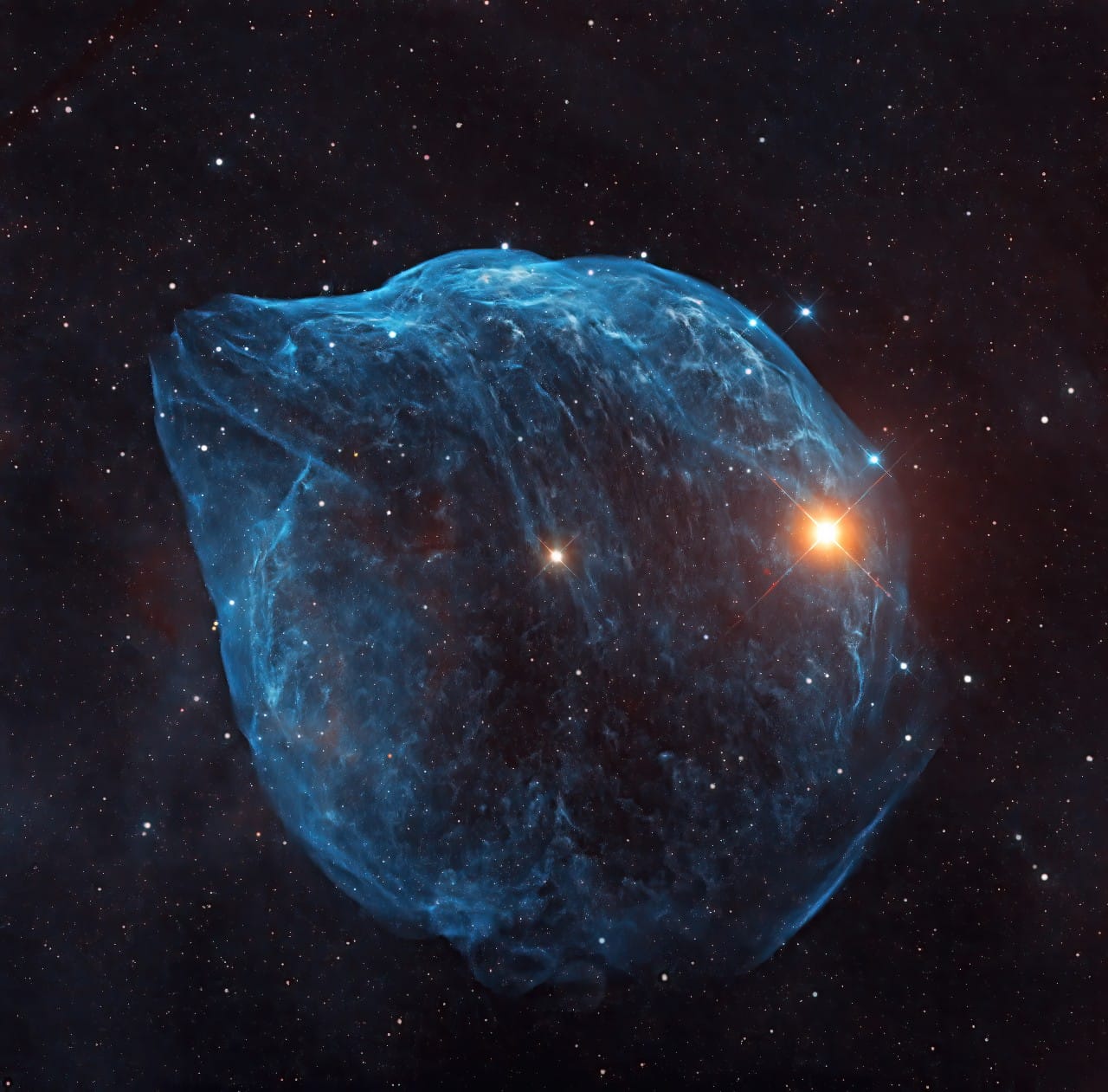
While some of the entries reach deep into the galaxy with telescopic gear, others capture fleeting moments of beauty from a terrestrial perspective. For instance, Göran Strand was able to record a bright lunar halo shining over a snow-blanketed field in Östersund, Sweden. In China, Daning Kai captured star trails, including the Belt of Orion, through Shanghai’s heavily polluted air. And in France, Rémi Leblanc-Messager used time at home during the COVID-19 lockdown to depict the Moon’s trajectory over the rooftops of Paris.
Take a look at a selection of the shortlisted images below.
